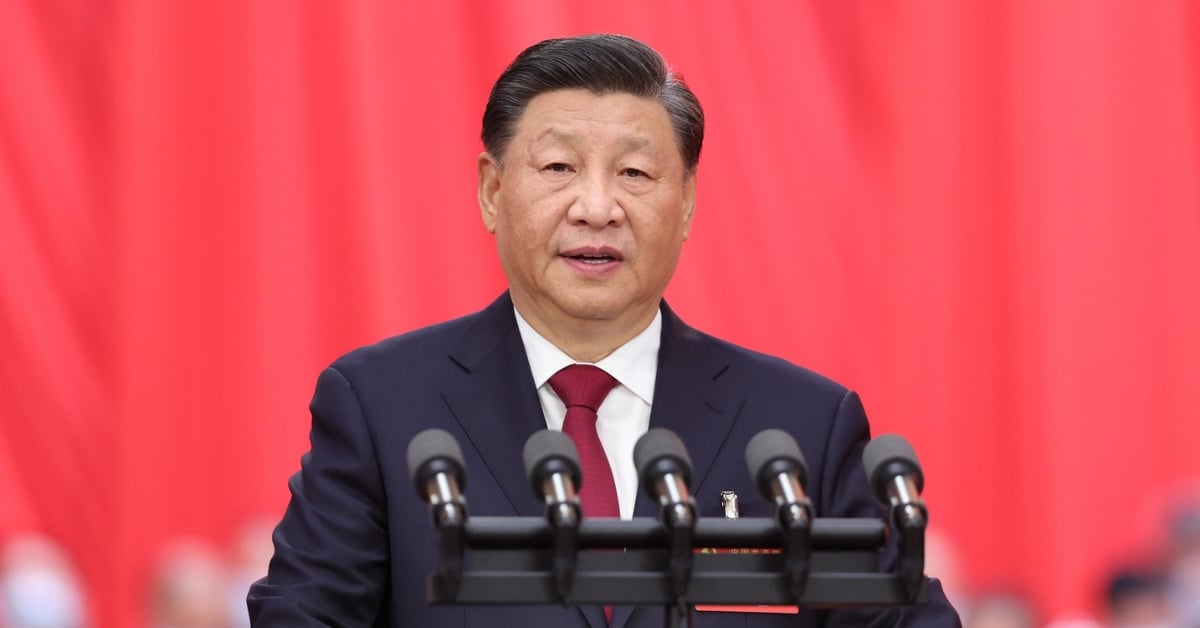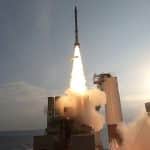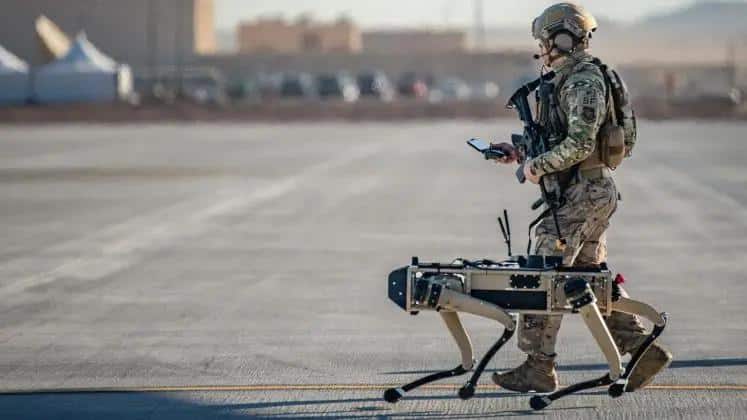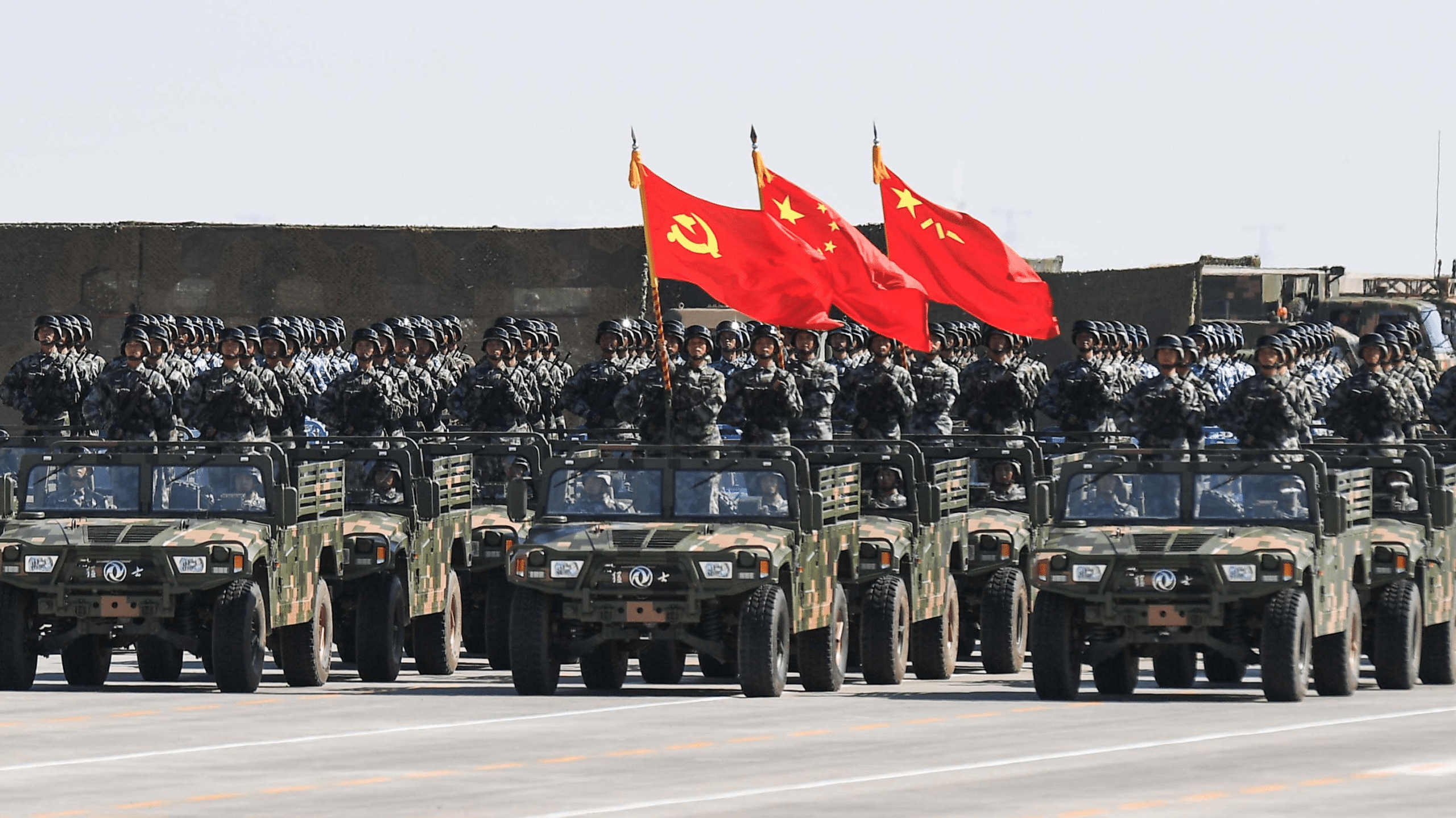Faced with China’s military assertiveness and aggressive claims in the South China Sea, several countries in the region are rapidly re-equipping and modernizing their armed forces. The goal: to prevent aggression, strengthen deterrence capabilities, and consolidate strategic alliances.
🇵🇭 Philippines & 🇮🇳 India: a budding naval alliance
In early August 2025, the Philippines and India launched their first joint naval exercise in the Philippine exclusive economic zone (EEZ). This operation follows a series of joint exercises already conducted with the United States, Japan, Australia, France, and Canada since late 2023.
Manila is strengthening its naval and coastal posture by acquiring Indian BrahMos missiles for its coastal defense. This acquisition is part of a growing dynamic of cooperation with several external powers engaged in the Indo-Pacific.
At the same time, the Philippines is adopting a new naval doctrine focused on interoperability with its partners and the active defense of its maritime sovereignty.
Objective: to signal to Beijing that the Philippines is no longer isolated and that it enjoys broader military support.
🇹🇼 Taiwan versus China: betting on asymmetry
Faced with the growing threat of a Chinese invasion, Taiwan has stepped up its military and civilian preparedness. In July 2025, the island conducted the longest Han Kuang exercises in its history, mobilizing 22,000 reservists, Abrams M1A2T tanks, HIMARS, and urban attack scenarios.
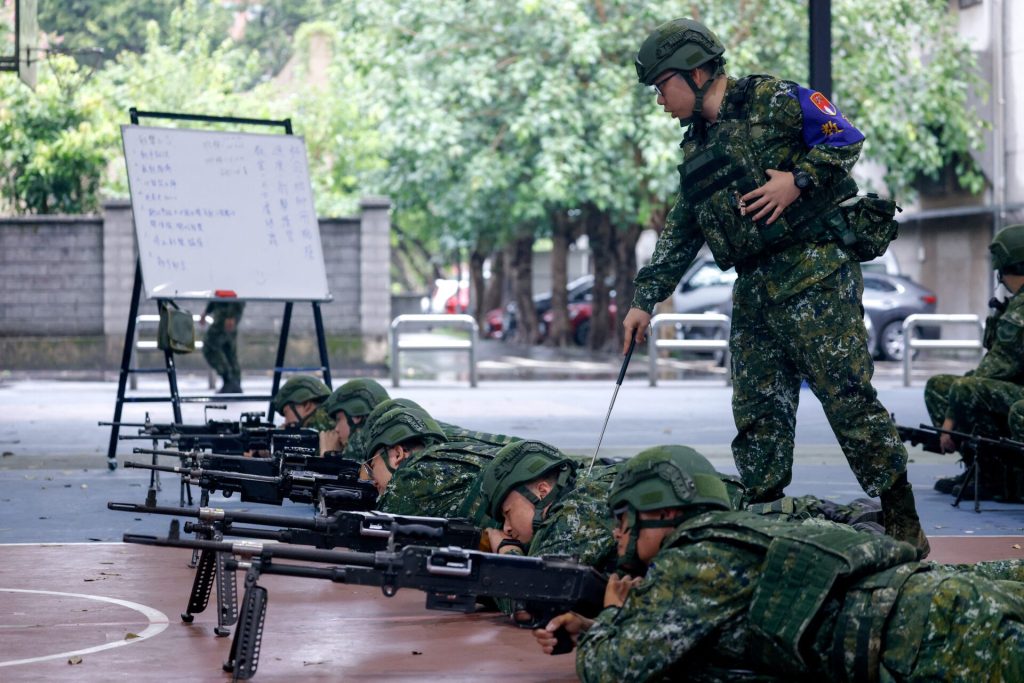
Taiwan is deploying an asymmetric defense strategy based on the production of Hsiung Feng III anti-ship missiles, the massive deployment of Chien Hsiang kamikaze drones, and the modernization of its fleet with the commissioning of the Hai Kun submarine in 2023.
At the same time, the island extended conscription to one year, strengthened its reserves, and trained tens of thousands of civilians in urban warfare.
Objective: to deter any attack by making an invasion of the island a long, costly, and uncertain endeavor.
🇯🇵 Japan: Strategic rearmament gathering pace
In the summer of 2025, Japan crossed several symbolic and operational thresholds in its rearmament program. It took delivery of its first F-35B stealth aircraft with vertical landing capability, to support the modified aircraft carriers in the Japanese fleet. Tokyo is also strengthening its long-range strike capabilities with the acquisition of American Tomahawk missiles and the development of its own improved version of the Type 12. Japan has also just signed a historic $6.5 billion contract with Australia for the supply of Mogami frigates.
Objective: to have a credible counterattack force in the face of China’s growing military activities.
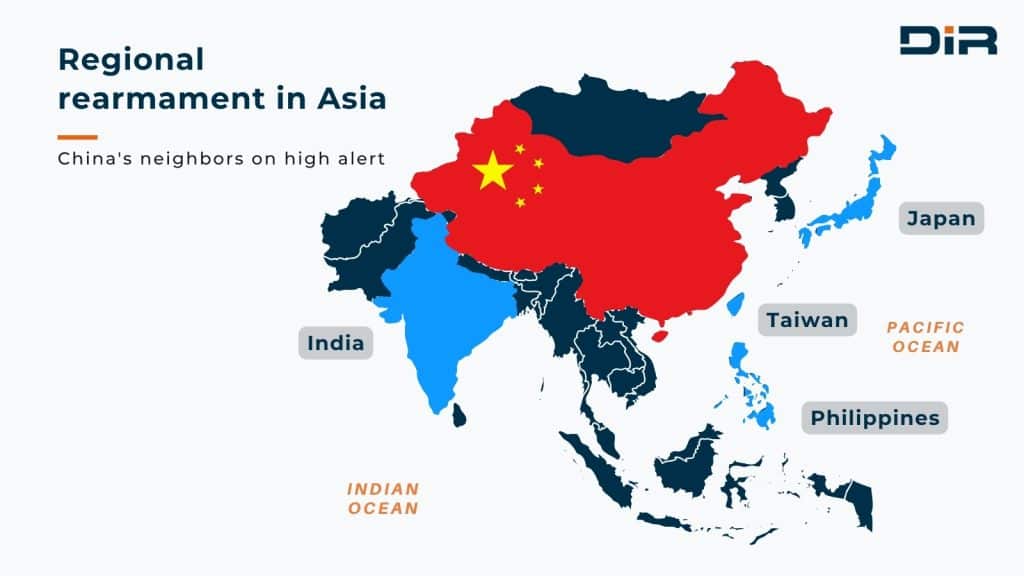
The accelerated modernization of China’s neighbors’ armed forces is part of a strategic rebalancing process in response to a rising power perceived as more assertive, even coercive.
As China continues to claim a large part of the South China Sea and intensifies its pressure on Taiwan, its neighbors are adapting with collaborations and increased capabilities.

